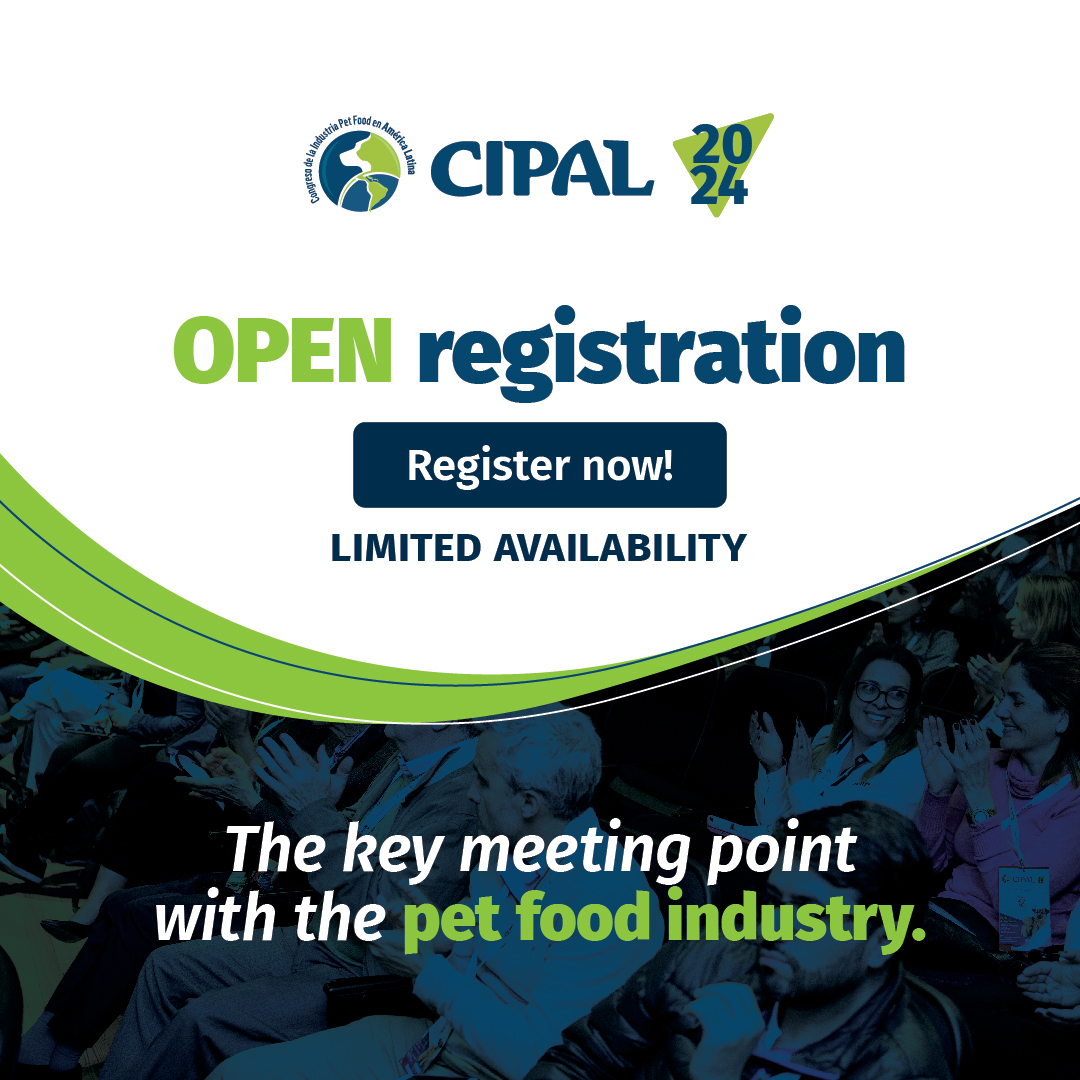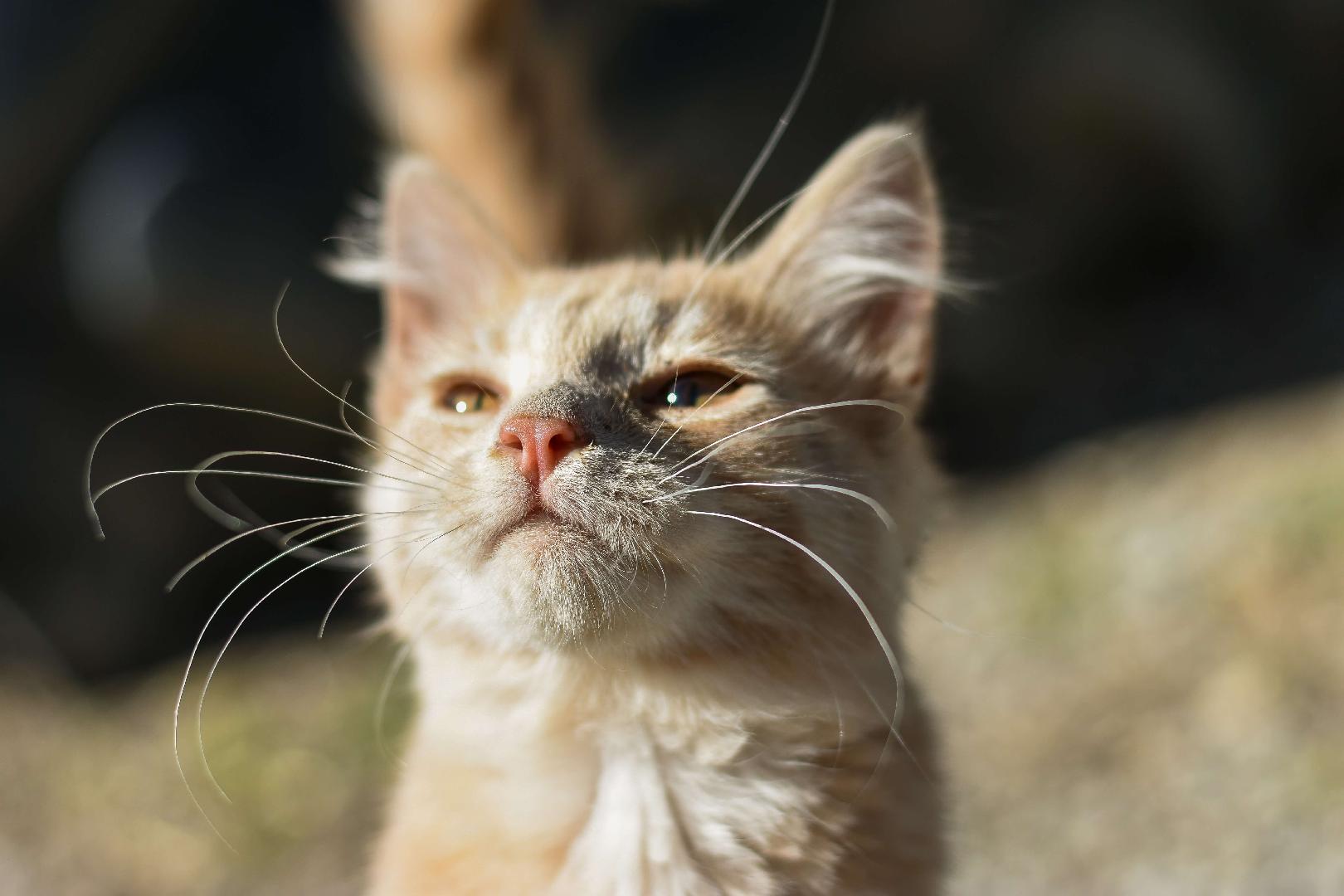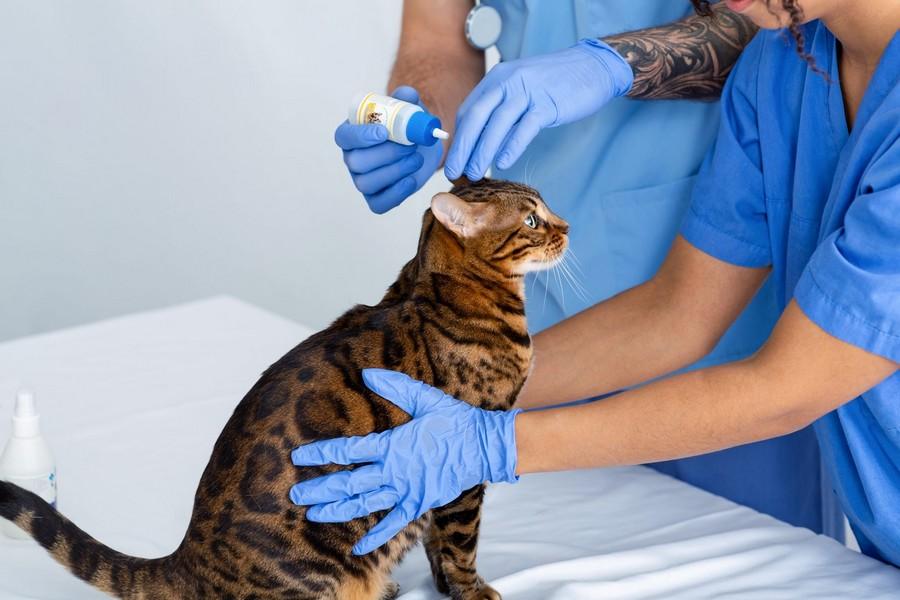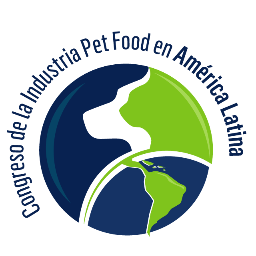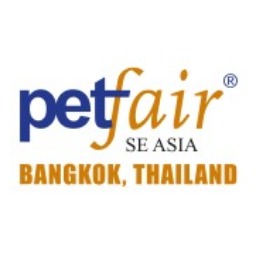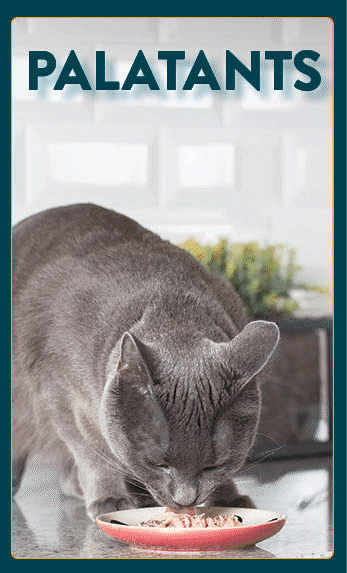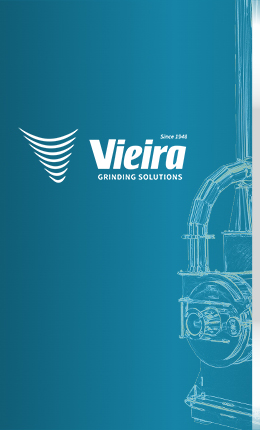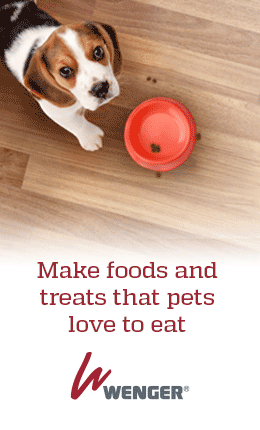Published in PLOS Computational Biology, the study was funded by Waltham Petcare Science Institute and led by Ohio State University, Monell Chemical Senses Center and the University of Pennsylvania.
These new findings deepen our understanding of the domestic cat's enhanced sense of smell, aiding new strategies to meet cats' food preferences.
Researchers created an anatomically accurate 3D computer simulation of a domestic cat's nose to understand how cats smell. They used a variety of techniques to create the simulation, including high-resolution micro-CT scans to generate an accurate model of a cat's nose. The simulation of air and odor flow through the virtual cat nose revealed similarities with a parallel coiled gas chromatograph.
In basic gas chromatography, the substance being analyzed is vaporized and carried by a steady flow of gas through a tube. Different chemical components in the substance interact with the tube in distinct ways, which enables them to be separated and identified.
In a cat, its complex nasal structure is made up of multiple tubes, like a parallel coiled gas chromatograph, making the process even more efficient than the basic chromatography technique.
'We have partnered with leading institutions to further understand cats' sense of smell', says Dr. Scott McGrane, sensory science expert at the Waltham Petcare Science Institute. 'Computational Fluid Dynamics (or CFD) is usually used to solve engineering questions related to how fluids flow. In our case, we have applied CFD to study airflow and how aroma compounds move through the cats' nose. Cats' noses have a complex structure that enhances their ability to smell, akin to the snail-like coiled cochlea which we know enhances hearing sensitivity'.
'This new research shows a cat's nasal structure is about 100 times more efficient in detecting aroma compounds than having a single straight tube, which most amphibians have', Dr. McGrane added.
The study and findings deepen our understanding of cats' enhanced sense of smell and present the potential for future computational and behavioral studies on the palatability of cat food, including in the area of new sustainable protein sources.
It's a topic we are exploring through our sensory science work, which aims to further our understanding of the sense of smell and taste in cats and dogs.
Our recent research has discovered new insights into the taste perception of pets by studying the sensitivity of taste receptors using a range of approaches, including computational modelling. One study looked into bitterness and its relationship with toxicity for dogs, while another explored the kokumi taste receptor of cats, which is described as a taste enhancer rather than a taste on its own.
We are committed to using scientific research to gain a better understanding of how cats and dogs experience and enjoy the food they eat. It means we can continue meeting their needs nutritionally, while at the same time ensuring they savor their meal, for happy pets, as well as healthy pets.
Source: Whaltam PetCare
You could be interested: How Long Can Your Always-Hungry Cat Wait For Dinner?


